2019 Audi Q7
| The Good: – Fairly handsome inside and out – Practicality and comfort – Stable dynamics and power |
The Bad: – Fiddly multimedia system – Average third-row space – Limited offroad ability |
The Audi Q7 has been around for more than a decade now, quietly bringing up the rear when it comes to people’s thoughts on what constitutes a luxury SUV. It carved a niche for itself by being one of the few midsize luxo-crossovers to come with a proper third-row seat, thereby taking sales away from the pricier Mercedes-Benz GLE-Class, BMW X5 and Range Rover Sport, most of whom only offered a tight third row as an option. While there are more options now in the form of the Infiniti QX60 and the Volvo XC90, neither of them have the brand cache of the “real” German.
While it looks very similar to the old model, pretty much everything about the Audi Q7 was new when it underwent a massive redesign in late 2015, starting with more aluminium panels on its high-strength steel unibody that contributes to overall weight-savings of a whopping 325 kg. Still based on the VW Touareg and the Porsche Cayenne, it is the only one to be offered with the aforementioned third row thanks to a mild stretch in the chassis. It’s a handsome vehicle, looking more wagon-like than a butch offroader, but it won’t turn any heads.

Carrying on largely unchanged since its debut as a 2016 model, the current Q7 looks smaller than the old model thanks to visual trickery, but it’s just as decently spacious as before inside, which means good legroom and tons of headroom for the first two rows of seating, and an optional third-row bench that’s still only fit for small kids, but can still hold adults for short distances. Fold flat that last row and you get a massive boot that has adjustable bag hooks and can be fitted with some rather clever luggage-sorting metal dividers if you buy that option. There are lots of cup-holders, but the front ones don’t come with a cover, which is low-rent for a luxury car.
As for the actual cabin design, it was a big change from the usually-staid layouts of past Audis, but that was in 2015. Now it looks outdated compared to what’s appeared in newer Audi models such as the Q8. There are lots of soft-touch surfaces, stitched leatherette, brushed metal trim and more in our tester with the S-Line package, as identified by its body-coloured exterior cladding. A rather unique feature is the line of a/c vents that extends the entire length of the passenger-side dashboard. A little screen automatically pops up on top of the dash when the car is started, although this will likely be replaced with a massive touchscreen when the Q7 is redesigned, judging by the cabin styling of the Q8.
Aside from now-common tech such as the glare-free LCD gauge cluster, heads-up display, panoramic glass roof, soft-closing doors, power tailgate, power rear-side sunshades (none for the third row), colour-changing mood lighting and a navigation system with 3D graphics, there’s some remarkable tech options we haven’t seen before, such as a Bang & Olufsen stereo with serious 3D surround-sound even for radio music and videos, as well as Audi-specific Android tablets that plug into the back of the front headrests for use as rear entertainment screens. Up front, the multimedia system is a bit complicated to use, involving a touchpad and surrounding buttons that’s placed close to the driver, so the front passenger would have to reach over the gear-shifter to use it.
Safety features are extensive, with systems such as auto-braking for wayward pedestrians, auto-braking for oncoming traffic at junctions, auto-braking while reversing out into cross-traffic and auto-braking when an imminent collision is detected — basically a lot of automatic braking. If fully specced out with these features, the Q7 can even crawl forward in traffic, show warnings if you open your door as cars are coming, and control your steering as you park, whether in parallel, reverse or even frontwards.

The main motor for the GCC is the 3.0-litre supercharged “TFSI” V6 making 333 hp at 5500 rpm and 440 Nm of torque from 2900 rpm to 5300 rpm, mated to an 8-speed automatic and all-wheel-drive. The Q7 pulls pretty strongly, banging out a time of 7.0 seconds in our summer 0-100 kph test, and the engine settles down to less than 2000 rpm at highway speeds. Fuel economy is fairly decent at 14.5 litres/100 km (6.9 km/litre) during our testing with the help of an auto start-stop system.
The ride is mostly smooth with a slight hint of firmness on unruly pavement, always surefooted and never floaty, even at illegal speeds. There is a fair bit of wind noise noticeable at 120 kph though, but below that, it’s very quiet with the slightest hint of road noise.
The handling has improved, as Audi has lowered the centre of mass by mounting the engine lower in the chassis, while an optional all-wheel steering system turns the rear wheels by as much as 5 degrees, either for tighter turning at low speeds or more stable cornering at high speeds. The new Q7 drives very much like a mildly sporty car, with adaptive air suspension that keeps it feeling flat on tight roads at moderate speeds, with great grip from the meaty tyres.
The steering is lightly weighted, always responsive and offering only a hint of feedback, but it firms up a bit in “dynamic” mode. The brakes work well, with a slightly-soft pedal weighting and linear stopping power. But despite its good road manners, it’s not particularly fun to drive.
There’s an option to raise the car using the air suspension system, but generally, this generation of the Q7 has taken a pass on any semblance of offroading to become a better, lighter all-weather car that does more of the things that its target market appreciates.
The Audi Q7 is not the most inspiring or characterful automobile you can buy when you finally come into some money. None of the German options are, really. But if you like your premium family wagon to be quick, safe and handsome, there’s none better.
| Price Range: Dh 275,000-330,000 Current Model Introduced in: Body Styles: Engines: Transmissions: Setup: Suspension: |
Brakes: Front: discs Rear: discs Curb Weight: Length: Wheelbase: Top Speed: Test Acceleration 0-100 kph: Observed Test Fuel Economy: |
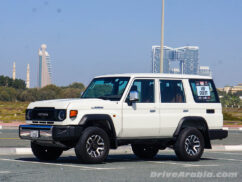
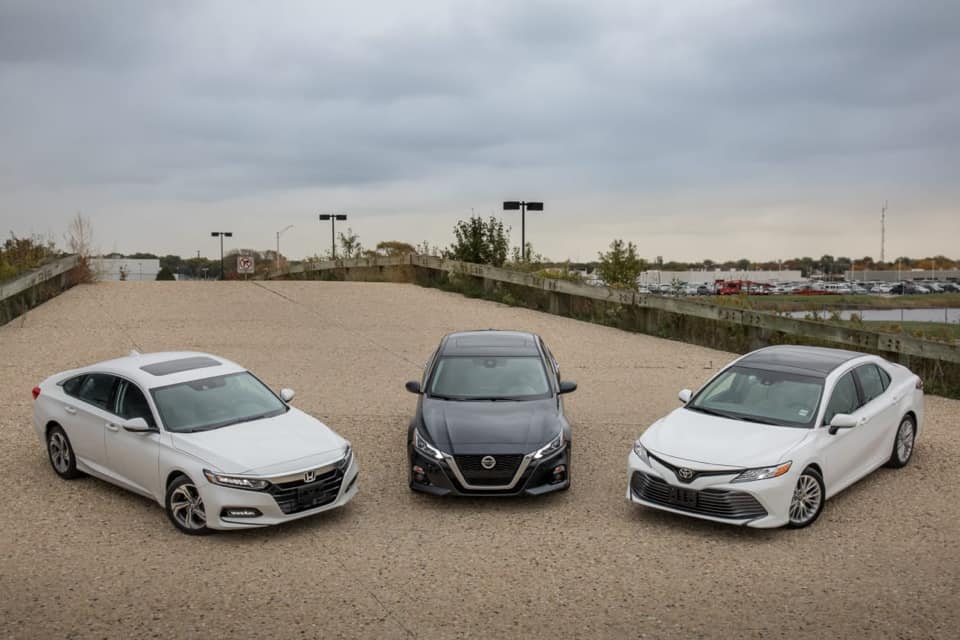
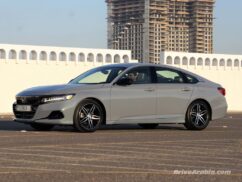
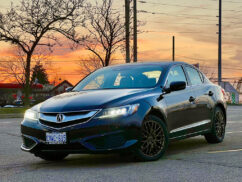
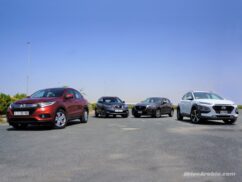
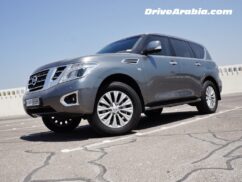
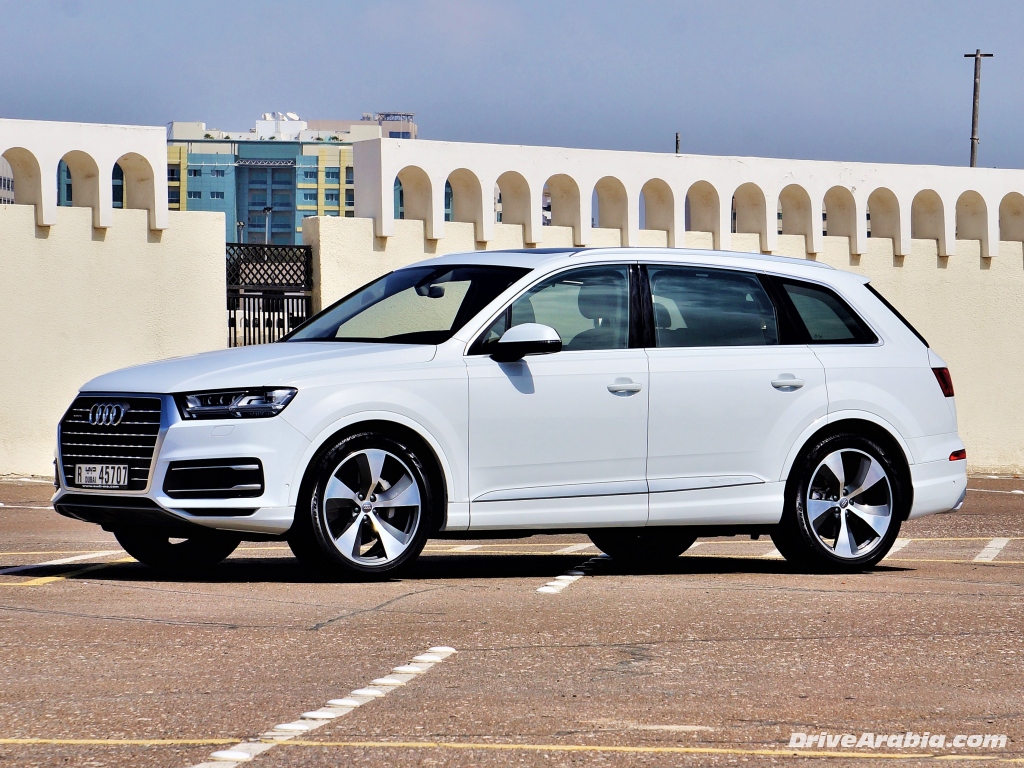
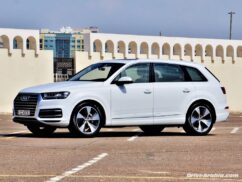
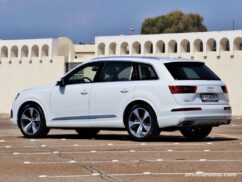
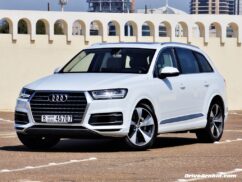
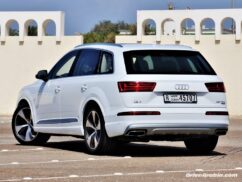

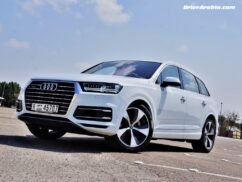
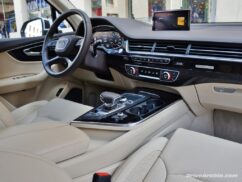
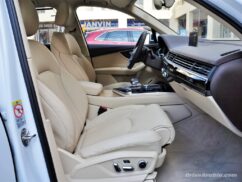
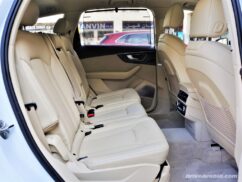
There are no comments. Be the first!